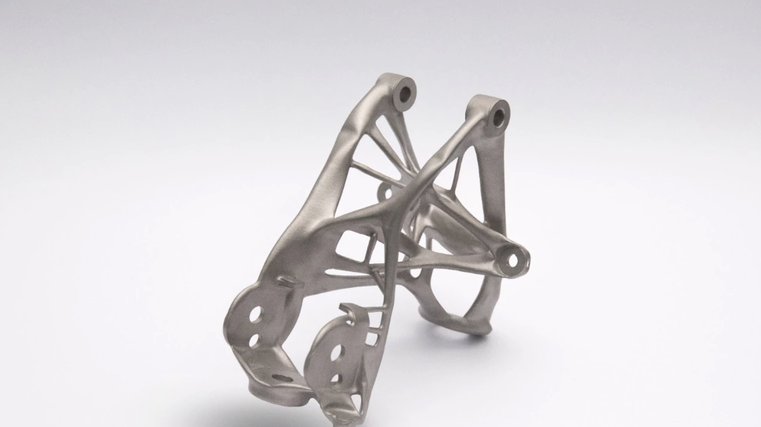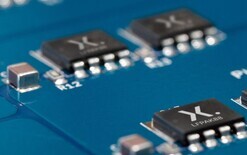GM using 3D-printed parts

“This disruptive technology provides tremendous advancements in how we can design and develop components for our future vehicles to make them lighter and more efficient, said GM Vice President Ken Kelzer, Global Vehicle Components and Subsystems. “When we pair the design technology with manufacturing advancements such as 3D printing, our approach to vehicle development is completely transformed and is fundamentally different to co-create with the computer in ways we simply couldn’t have imagined before.”
GM is currently working closely with leading design software company, Autodesk Inc., who demonstrated a 3D-printed seat bracket made of stainless steel and developed with the technology last week.
Using regular manufacturing methods, the seat bracket would need around eight different components and several suppliers. When designed with the help of the new technology, it consisted of a single part. It also turned out to be 20 percent stronger and 40 percent lighter. It looked like “a mix between abstract art and science fiction movie.” Along with reducing tooling cost and material waste, it will also help reduce the number of suppliers required by GM.
The 3D-printing based manufacturing industry is working toward mass production and trying to address issues with “repeatability and robustness,” said Bob Yancey, Autodesk’s director of manufacturing. Autodesk has expertise in exploring different variations of a part design using the cloud computing and artificial intelligence (AI)-based algorithms.
GM has used 3D printers for prototyping for years, but Kevin Quinn, the automaker’s director of additive design and manufacturing, said within a year or so GM expects these new 3D-printed parts to appear in high-end, motorsports applications.
The leading automaker announced last year it plans to launch 20 new electric and fuel cell models globally by the year 2023.
The ability to print lightweight parts is also a gamechanger for the electric vehicle (EV) industry. With consumer concerns over the limited range of electric vehicles a major obstacle to their mass adoption, making them lighter improves fuel efficiency and could help extend that range.





